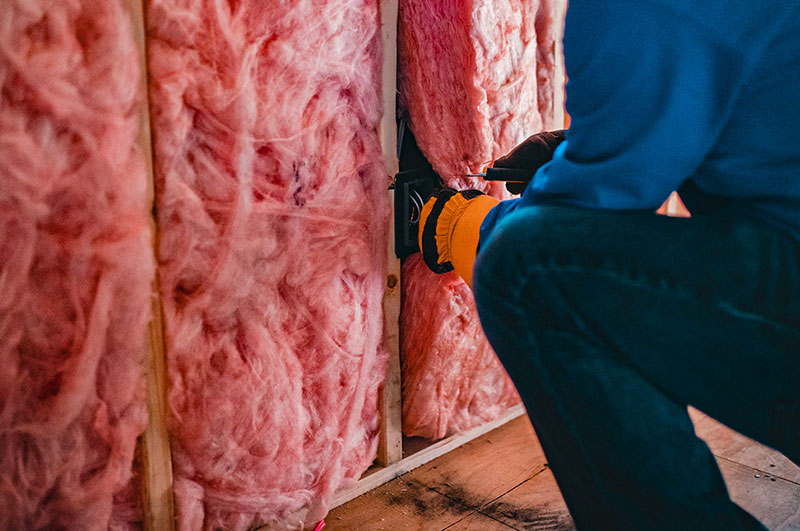As the seasons change and energy costs continue to rise, keeping your home comfortable and efficient is a top priority for homeowners. One effective way to achieve this is by installing proper insulation. Insulation helps maintain a comfortable indoor temperature and has several other benefits. In this column, we’ll explore different types of insulation installation applicable to residential buildings and the numerous advantages they offer.
1. Batt Insulation
Batt insulation is one of the most common and cost-effective choices for residential insulation. It consists of pre-cut fiberglass or mineral wool panels that fit snugly between wall studs and ceiling joists. Benefits include:
Affordability: Batt insulation is budget-friendly, making it an excellent choice for many homeowners.
Ease of Installation: It’s relatively easy to install, which can save on labor costs.
Thermal Resistance: Provides good thermal resistance, helping to regulate indoor temperatures.
2. Spray Foam Insulation
Spray foam insulation is a more versatile option. It’s applied as a liquid and expands to fill cavities, creating an airtight seal. Benefits include:
High Efficiency: Provides superior insulation and air sealing, reducing energy bills.
Versatility: Can be used in various locations, including attics, walls, and crawl spaces.
Longevity: Offers long-lasting insulation with minimal maintenance.
3. Cellulose Insulation
Made from recycled paper products, cellulose insulation is an eco-friendly choice. It’s blown into wall cavities or attics. Benefits include:
Sustainability: Environmentally friendly due to its recycled content.
Fire Resistance: Treated cellulose has good fire-resistant properties.
Cost-Effective: Provides a cost-effective way to insulate existing homes.
4. Reflective Insulation
Reflective insulation reflects heat away from your home. It’s often used in attics. Benefits include:
Radiant Heat Barrier: Blocks radiant heat, keeping your home cooler in hot climates.
Durability: Resistant to moisture and does not compress over time.
Low Maintenance: Requires little maintenance over its lifespan.
5. Rigid Foam Insulation
Rigid foam boards are used for insulating exterior walls and foundations. Benefits include:
High R-Value: Provides excellent thermal resistance.
Moisture Resistance: Resistant to moisture and can help prevent mold growth.
Strength: Adds structural support to walls.
In conclusion, choosing the right insulation installation for your home can lead to significant benefits. It can improve energy efficiency, reduce utility bills, enhance comfort, and contribute to a more sustainable living environment. Before making a decision, consult with a professional to determine the best insulation type and installation method for your specific needs.


Recent Comments